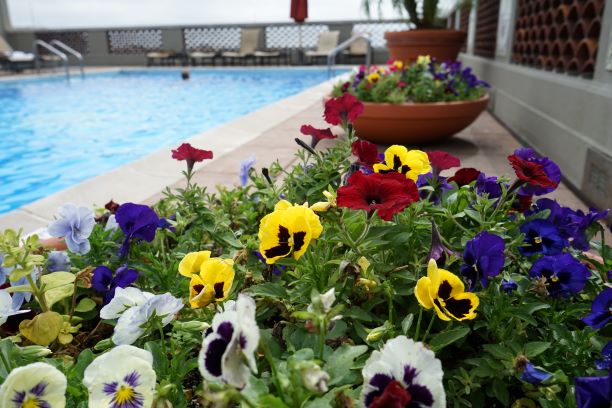
Toxic Blooms: A Pet Owner's Guide to Garden Safety
As a pet owners, it's essential to create a safe and enjoyable outdoor space for your furry friend. Unfortunately, many common garden plants can be toxic to dogs and cats. In this blog post, we'll discuss five poisonous plants that you should be aware of and provide tips on how to protect your pet from harm.
Five Common Toxic Plants
-
Lily: While beautiful, lilies are incredibly toxic to cats, causing severe kidney failure.
-
Oleander: This plant contains cardiac glycosides, which can be fatal to both dogs and cats.
-
Sago Palm: (Pictured below ) All parts of the sago palm are poisonous, but the seeds (nuts) are the most toxic to pets.
-
Azalea and Rhododendron: These flowering shrubs contain toxins that can cause vomiting, diarrhea, and even death in pets.
-
Tulip and Narcissus Bulbs: While the flowers themselves may not be as toxic, the bulbs can cause severe gastrointestinal upset.

☠️ Signs of Pet Poisoning
If you suspect your pet has ingested a poisonous plant, it's crucial to act quickly. Here are some common signs of pet poisoning:
-
Excessive drooling
-
Vomiting
-
Diarrhoea
-
Lethargy
-
Difficulty breathing
-
Seizures
⛑ What to Do in Case of Poisoning
-
Contact Your Veterinarian Immediately: Provide them with as much information as possible about the plant your pet may have ingested.
-
Induce Vomiting (if advised by your vet): This may help remove the toxin from your pet's system.
-
Monitor Your Pet Closely: Watch for any worsening symptoms and seek immediate veterinary care if necessary.
Safe Alternatives
 Fortunately, there are many beautiful and pet-safe plants that you can grow in your garden. Consider these alternatives:
Fortunately, there are many beautiful and pet-safe plants that you can grow in your garden. Consider these alternatives:
-
Petunias
-
Marigolds
-
Geraniums
-
Pansies ( Pictured above )
-
Zinnias
Additional Tips
-
Research all plants before planting. Use reliable resources to identify plants and check for toxicity.
-
Fence your yard to prevent your pet from accessing potentially dangerous areas.
-
Supervise your pet outdoors to ensure they are not ingesting any harmful plants.
-
Consider potted plants that can be placed out of reach.
By being aware of these toxic plants and taking precautions, you can create a safe and enjoyable outdoor space for your pet. If you have any concerns about your pet's health or have witnessed them ingesting a potentially poisonous plant, always consult with your veterinarian.


















